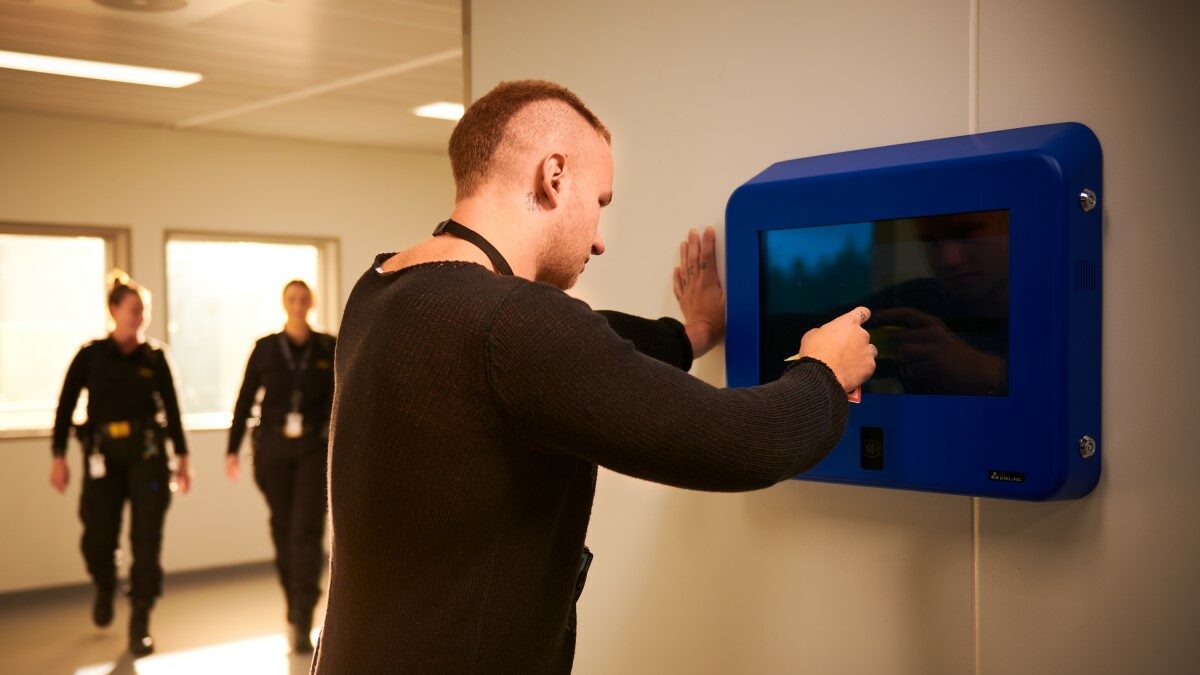By Rose Boyle and Peter Scharff Smith

One of the big overarching questions when it comes to contemporary and future practices of punishment is how these are influenced by the continuous rise of digital technologies, and in turn, how this might affect the purpose as well as the function of punishment – that is, the relationship between punishment and society.
The purpose of punishment has changed over time and varies from one jurisdiction to another, but tends to focus on a combination of deterrence (individual and general), incapacitation, and retribution towards the offender. Regarding the execution of punishment, further motives and considerations enter the picture, not least concerns around security; punitive concerns; and maintaining the rights of the incarcerated. From a digitalisation perspective, correctional institutions have adopted technological advances most willingly when it comes to improving security. Digital security and surveillance technologies have become rapidly incorporated into prison infrastructure, whereas technologies for rehabilitative purposes have been more reluctantly employed. Perhaps the most dramatic illustration of prisons’ selective use of digital technologies is the fact that prisoners are usually cut off from the internet, despite the increasingly online outside world, where we rely on internet access in connection with almost all aspects of our lives. In stark contrast, new security technologies adopted within prison walls, include improved cameras, entry controls such as body scanning, and infrared, GPS and radar technologies to track location, motion and respiration. In that sense, the digital revolution has so far deepened rather than narrowed the gap between the world of the prison and life on the outside.
But is this finally changing? During the Pandemic, digital communications technologies were increasingly allowed in prisons in many jurisdictions. Additionally, recent years have seen the rise of new, purpose-built “smart” prisons, which advertise themselves as being humane, technologically advanced, and efficient. “Smart” functionality is praised for allowing prison staff to save resources, for providing safer environments, and for promoting the ideals of rehabilitative punishment. Smart prisons are continually testing new prototypes for attempting to equip prisoners for the almost continuously digital communities they will be released to, such as granting access to online conveniences, social media, video conferencing with health and welfare services. However, so far, the results seem meagre, with extremely limited online access, and an ongoing risk that digital communication will replace social contact. Additionally, the same technological advances give prison staff greater control and power to monitor both the online and offline existences of prisoners.
More concrete results have arguably been achieved through the increasing use of electronic monitoring (EM), often touted as an alternative to prison. Through location tracking, certain types of offenders can serve their time in their own home, allowing them to attend employment or education and have contact with their family. EM users are subject to stringent controls in addition to location surveillance, such as spontaneous visitation and monitoring for alcohol and drug usage. Proponents of EM argue that these technologies allow for greater self-sufficiency, reintegration into society, and reduce the harmful effects of institutionalisation. At the same time, EM has received criticism for being physically and psychologically wearing, intrusive on users’ and their families’ right to privacy and family life, with dubious impacts on recidivism rates.
Considering the effects of these technologies on the execution of punishment, one can envisage several potential future scenarios in a continually developing digital age. The first is a high-tech revival of the abolitionist movement: whereby prisons are always online, whilst physically restricted. New heights of communicative and virtual freedoms are available. Alternatively, technology can also be weaponised for punitive purposes, minimising contact with the external world and providing only access to “prison cloud” intranets, increasing social and psychological isolation and exclusion even more. A third scenario could be increasing diversion from prisons through the widespread adaptation of electronic monitoring, reserving prison space for those deemed most dangerous, or most in need of help. In other words, digital technologies can potentially rearrange the landscape of punishment fundamentally and therefore calls for increased empirical and theoretical attention from the research community.
About the authors

Rose Boyle is a PhD fellow at the Department of Criminology and Sociology of Law, University of Oslo. Her doctoral research focuses on drug treatment and recovery in high-security prisons.

Peter Scharff Smith holds a PhD in history. His research focus on punishment, human rights, and the criminal justice system; sentiments on justice; war crimes and the Holocaust; and the relationship between reform and research. Peter has published more than 100 scientific publications, including 11 monographs. His books have appeared in English, Danish, Norwegian, German, and Dutch.
